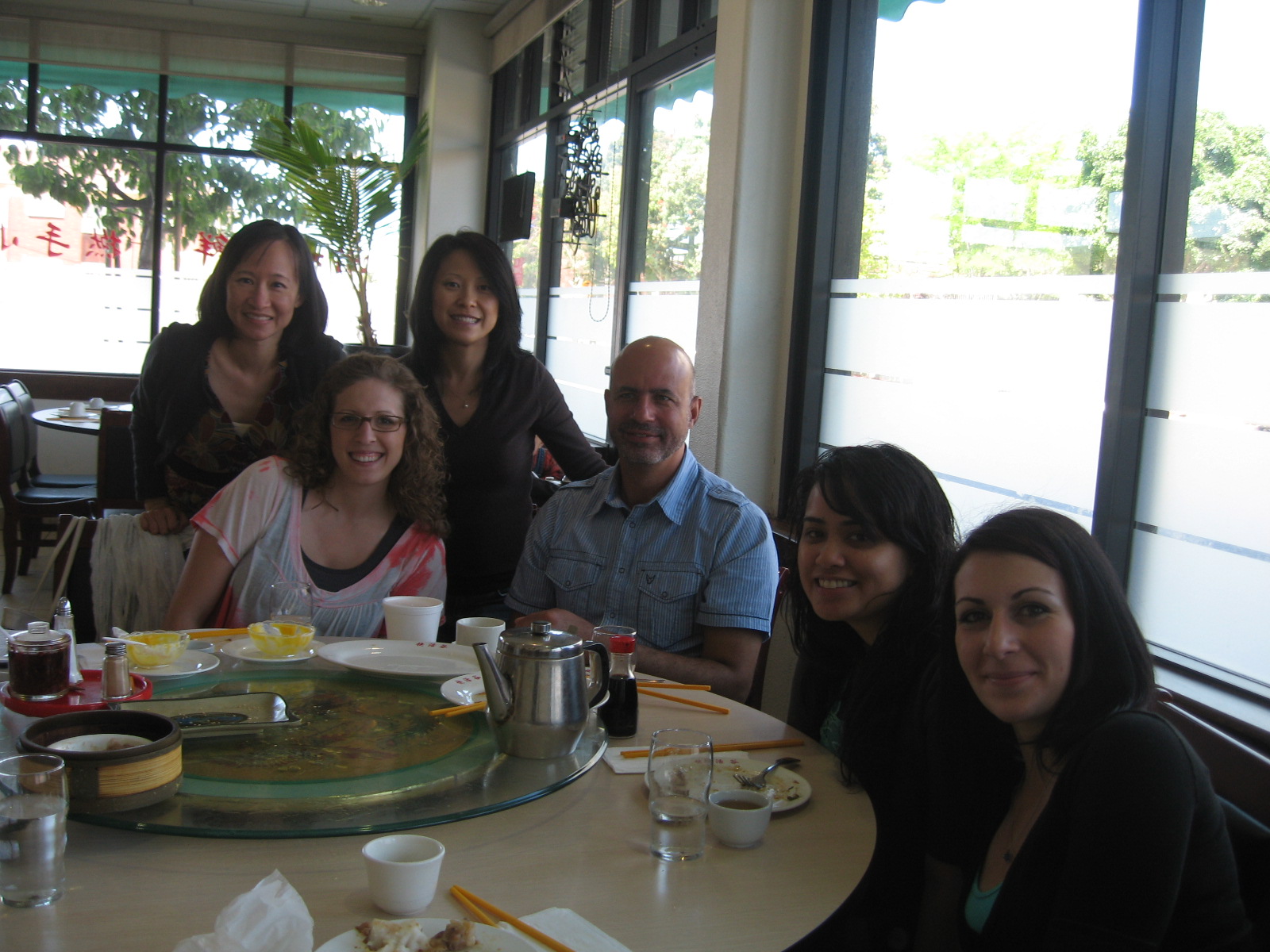Nine months ago, a group of five graduate students embarked on a journey to learn what it takes to become a professional mental health clinician. After completing CHAA’s rigorous internship program in June, those students are leaving more prepared, focused, and confident for the next stages of their careers.
The goal of the internship, according to CHAA Program Director Kenneth Kim, is to ensure the opportunity to apply theories and techniques taught in psychology programs. Further, students develop clinical skills and judgment through the everyday challenges encountered in the community.
“CHAA has a culture of innovation, and we’re always looking to break barriers and try new ways of providing strength-based services in the community.,” Kim said. “We emphasize shades of gray, and that thinking is encouraged when mentors ask students what they think should be done, instead of having the student blindly follow the clinical supervisor’s orders.”
The strategy to producing well-rounded interns, Kim says, is to utilize a multicultural approach, give quality professional development, and create an intimate environment in which students and supervisors can be creative with their interventions.
The program places most students in the Oakland public school system, preparing them to deal with challenges working in diverse environments and across various age groups.
“On a daily basis, interns are interacting with Asian, black, and Latino communities, as well as working with elementary to high school kids, which prepares them to deal with the challenges of working in diverse environments,” Kim said. “As a result, they’ve learned to build bridges and work with communities outside their focus to bring about positive change.”
Before commencing the internship, Audrey Musni had never worked with high school students and was nervous to do so. Now, after having worked with teenagers during the practicum, she says her self-confidence in working with diverse populations has blossomed.
“The only experience I came in with was having worked with young children on the autism spectrum,” Musni said. “I knew I loved working with young children, so I was nervous when I found out I would be working with high school students. It was definitely challenging, but the experience and support made me realize that I’m capable of working with different populations and more open to new challenges than I thought.“
As for professional development, Intern Heather LaBouy learned that there is much more to being a therapist than just giving therapy.
“I had the opportunity to discover all that is involved in working in a school setting, including interacting with teachers and school staff, communicating with parents who were not readily available, and conducting individual and group therapy in an elementary school,” LaBouy said. “I also learned how to conduct meetings with a translator present, understand cultural differences in learning styles and classroom etiquette, and work with families in a culturally competent manner.”
Kim believes that preparing interns with such professional development is key to helping them manage time when they begin to see their own clients.
“The professional development aspect really helps interns learn how to deal with all the non-clinical items, like the school system bureaucracy, talking to parents, and managing time around documentation,” Kim said. “Unfortunately it’s all too easy to be bogged down by the extras, so preparing them for what they will see in their working lives will really help ease the transition between student and professional clinician.”
Arguably the most important quality of the CHAA program, Kim says, is the small, personalized atmosphere that encourages a high degree of interaction between students and clinical supervisors.
“This internship is a smaller program in a larger agency, so students get a lot of attention and don’t feel lost as a cog in a bigger machine,” Kim said. “We hope such support allows them to take risks and explore a potential interest or confirm a pre-existing strength. After reading the final evaluations, we were thrilled to hear how supported the interns felt throughout the year.”

